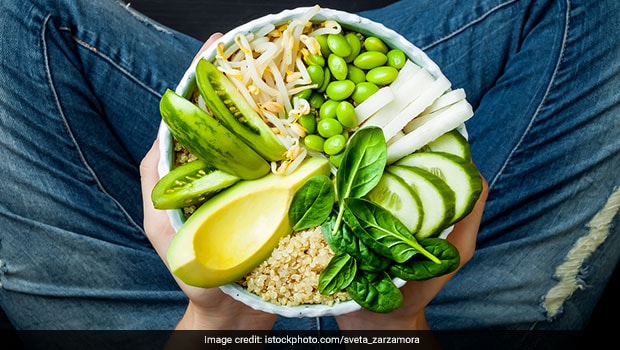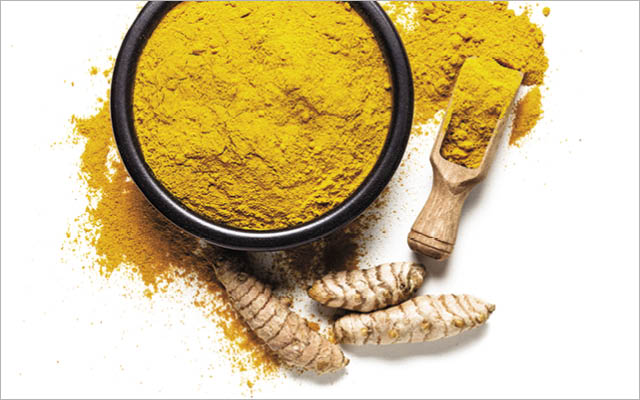
You may find that carbo-loading foods are helpful for endurance events like marathons, ultramarathons and triathlons. These types of activities demand a lot of energy. Carbo-loading foods can help to prevent muscle exhaustion. If you don't plan on running an ultramarathon or long marathon, carbo-loading is not recommended.
Carbo-loading is a term that refers to carboloading meals, which are eaten within the hours and days prior to endurance events. You should only consume foods with low glycemic scores as this will reduce your blood glucose levels. For example, a high protein meal can be a better option than large pasta dishes, which could boost your performance.
Healthy eating should include at minimum a few carboloading items. The best time to carb-load is two to three days before an event. Doing this will help your muscles to be rested and ready for action. Aim to consume 2.3 to 5.8 grams of carbohydrate per kg of body weight every day. For those who are anxious or uneasy about their caloric intake, you can snack on crackers, chicken soup, and other easy-to-eat foods.
During exercise, glycogen stores last about 30 minutes. The time it takes to store glycogen can be extended by carboloading your meals before you start a workout. This means you'll have more energy for endurance, and less time to feel fatigued. This can boost your performance during marathons or intense runs. You can also donate any remaining carbohydrates to Missoula Food Bank if you are concerned about your diet. It will be a great decision.
Professional athletes aren't likely to benefit from carbo-loading during their long-distance races. Basketball games, soccer games, and football games last roughly two hours. Since runners spend most of their training time standing, they won't be able carbo-loading in the run. But for those who compete in marathons, the benefits can be great, as the extra carbohydrates can help their bodies recover during the long run.

If you are preparing for a marathon, you should carb-load the day before the race. Marathoners should normally consume four to five pounds more than what they usually eat. This is an indicator that they have successfully carb-loaded. They will be able to store three grams of water thanks to the extra carbs. This will make it easier for them to race. They'll be able to hydrate and have enough fuel for the duration of the race.
Carbo-loading offers nutritional benefits but also carries risks. Avoid refined carbs if you are preparing for endurance events. These foods will increase your risk of experiencing a spike in your blood sugar levels. Consuming too many refined carbs can lead to unhealthy blood sugar swings. These spikes can be dangerous to your body, causing you to become fatigued and experience excessive hunger.
Carbo-loading foods should be low in fat and low in fiber. Although high-fiber foods are beneficial, it is best to keep them in check. Too much fiber can cause stomach discomfort. This is why you should focus on high-carbohydrate and low-fiber foods. But you can also add in fat-free meals and snacks to your diet. These foods can often be found in the same places as those you would use to make a carb-rich diet.

Carbo-loading foods must contain low-GI carbohydrates. However, you should be aware of the possibility that high-fiber foods can cause digestive issues. They are high-sugar and can cause problems with the digestive system. When you're competing in endurance events, it is important to limit the amount of carboloading foods you eat and instead eat low-GI foods. You should limit your intake and avoid eating more than you actually need.
Carbo-loading is a process that requires you to be aware and meet your caloric requirements. It is crucial to understand your caloric requirements in endurance events. On average, you should consume 35g per kilogram of bodyweight. It is important to note that carbohydrates are not essential for endurance. In fact, carbohydrates can cause stomach problems. It is crucial to know the carbo-loading foods before running an ultramarathon or marathon.
FAQ
Do I need special equipment to cook?
Cooking doesn't require special equipment. However, having the right tools can make cooking easier. To make pasta easier, you can use a knife to cut the pasta and a whisk to whip up egg whites to stiff peaks. The right tools make cooking easier and faster.
How do you store leftovers best?
Tupperware containers are great for storing leftovers. These containers preserve food freshness and stop odors from developing. They also keep foods warm for longer. Freezer bags can be used to freeze any leftover food. Place food in another freezer bag to prevent air escape when freezing. Once the food has been frozen, transfer it into an airtight container such as a zip lock bag.
How Long Does it Take to Become a Chef? What's the average career path for a chef?
It takes five years to become a chef. During this time, you will study basic cooking techniques and gain experience working as a kitchen assistant. After your training is complete, you will be eligible to apply for a job as a sous chef, executive chef, or line cook. The average salary for a chef ranges from $25,000 to $60,000 per year.
Where can I find high-quality kitchen equipment?
High-quality kitchen equipment can be purchased online. Many websites offer all types of kitchen equipment for purchase. Be sure to read customer reviews before you buy any kitchen equipment. Ask other owners if they have any recommendations.
Do I have to go to culinary school in order to be a professional chef?
No. No. Many chefs began their careers learning by themselves. Some even went on to culinary school to gain work experience. Culinary school is preferred by most chefs because they have more opportunities to grow and learn. Culinary schools offer hands-on training which allows students to improve their skills and knowledge of cooking.
Is there a better way to learn to make delicious meals?
Cooking can be something everyone should master. It's a great way to experience delicious food without having to learn how to cook. You must start by finding a recipe you enjoy and following it closely when you learn to cook. Next, you'll want to practice making small changes to the recipe until you feel comfortable making the dish yourself. You can also try cooking for other people. This will improve your cooking skills as well as test your culinary abilities.
Can you learn to cook on your own?
Yes, you can be a self-taught cook! The joy of cooking is something that everybody enjoys doing, no matter their skill level. You can learn to cook by starting at home. Start small, such as making pancakes for breakfast and spaghetti sauce at dinner. It is important to experiment with new recipes to learn how to cook. You might make a few errors along the way.
The time it takes to learn to cook can vary from just a few hours up to several weeks, depending upon your skill level. Cooking is more than following recipes. There are many methods to prepare food.
Statistics
External Links
How To
How to make a perfect eggroll
Omelets are a favorite breakfast food of mine. How do you make them perfect? Many different recipes and methods have failed to work for me. Today, I'd like to share some tips with you in order to make delicious and fluffy omelets every day.
Before we start making omelets, let's remember that eggs are temperamental. It is important that eggs are fresh from an organic market and kept cool until used. The yolks and whites will not form properly if they aren't kept cold enough. This makes your omelets look weirdly colored. If you're going to cook them immediately, it is best if the eggs are still warm.
Another tip is to separate each egg before adding them to the saucepan. You don't want the white to get mixed with the yolk, as this could cause the egg to curdle.
The bottom part of an egg that is added directly to the stovetop might be burned, which could cause a ruined texture in your omelet. Instead, put the egg in the microwave for 10 seconds before putting it into the pan. The microwave heat is sufficient to cook the egg without overcooking.
Next, let us talk about how to mix the eggs. When you mix eggs together, you want to beat them well. You need to turn the bowl of the mixer upside down. Then, vigorously shake the bowl. By doing this, the egg is thoroughly mixed with the air in the bowl.
The fun part begins - you need to pour the milk into your mixture. The first step is to pour half of the milk in the beaten eggs. Next, fold the eggs into the remaining milk. If you still see streaks of eggs, don't worry. These streaks will disappear once the omelet has been turned over.
After you have folded your eggs, heat up the oil on medium heat. Wait for it to get hot. Add 1/4 cup butter to the oil and swirl it around to coat all sides of the pan. Next, carefully open the lid and sprinkle salt into your pan. Salt will prevent the omelet sticking to the pan.
Cover the pan once you have formed the omelet. Wait for the top to set. Flip the omelet over using a spatula or flip the pan upside down. Cook the second side for a minute or so. Serve the omelet immediately by removing it from the pan.
This recipe works best using whole milk. Skimmed milk is also possible.